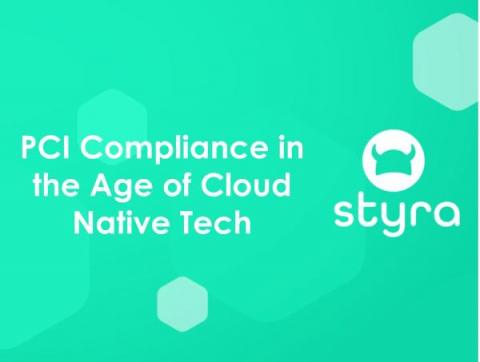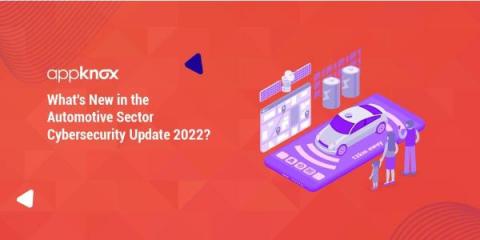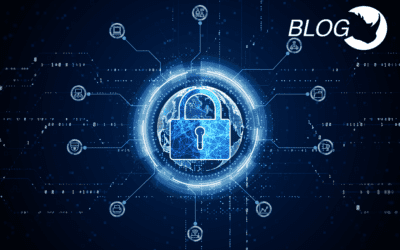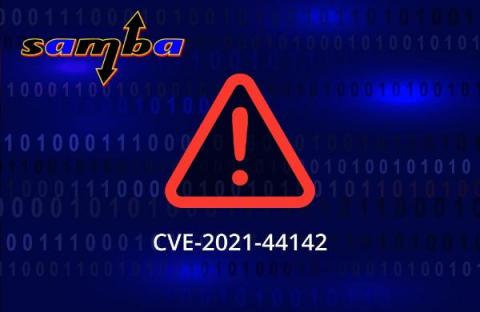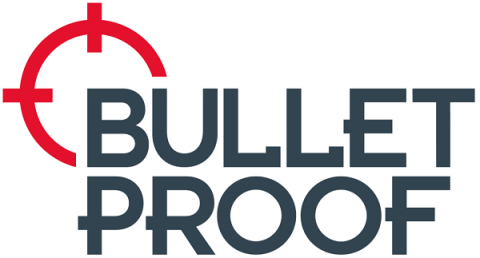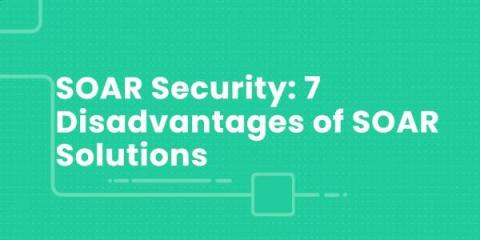Security | Threat Detection | Cyberattacks | DevSecOps | Compliance
Security
PCI Compliance in the Age of Cloud Native Tech
The Payment Card Industry Data Security Standard (PCI DSS) entered the scene back in 2004 with the rise of payment fraud. Created by leaders in the credit card industry, PCI DSS was developed to provide a baseline of technical and operational requirements designed to protect cardholder payment data and was commonly understood by those in the legacy security world.
What's New in the Automotive Sector Cybersecurity Update 2022?
With new threat actors appearing every day, cybersecurity is becoming increasingly crucial, particularly in the automotive industry. One of the most well-known applications of the internet of things is connected vehicles. In reality, with between 70 and 100 Electronic Control Units (ECUs) integrated into each vehicle, automobiles have evolved to become the key players in internet-of-things environments.
Quantum computing brings new security risks: How to protect yourself
Although commercial quantum computing may still be decades away, government agencies and industry experts agree that now is the time to prepare your cybersecurity landscape for the future. The power of quantum computing brings security complexities that we are only beginning to understand. Even now, our cybersecurity climate is getting hotter. The average cost of a data breach reached an all-time high in 2021, and the attack vector grows larger by the minute.
The state of the SOC: skills shortages, automation and gaining context remain a challenge for SOCs
The security operations center (SOC) has been on the front line facing the pandemic-induced escalation of cybersecurity threats in the past eighteen months. A 2020 study by Forrester found that the average security operations team receives more than 11,000 alerts per day and that figure is likely to have grown in the intervening period. While they were deeply engaged responding to the crisis, SOC teams were simultaneously facing the disruption common to all formerly office-based workers.
Snyk's shift left approach to API development
Snyk’s developer security platform provides developers and security professionals with the tools they need to build and operate modern applications securely. Snyk enables users to shift security left and to embrace a DevSecOps model. Modern application development teams understand that shifting left means bringing information to developers’ fingertips as early as possible in the development process to create efficient and secure applications and development processes.
Hunting pwnkit Local Privilege Escalation in Linux (CVE-2021-4034)
In November 2021, a vulnerability was discovered in a ubiquitous Linux module named Polkit. Developed by Red Hat, Polkit facilitates the communication between privileged and unprivileged processes on Linux endpoints. Due to a flaw in a component of Polkit — pkexec — a local privilege escalation vulnerability exists that, when exploited, will allow a standard user to elevate to root.
CVE-2021-44142: Vulnerability in Samba Enables Bad Actors to Execute Arbitrary Code as Root
A number of security vulnerabilities have been identified on the popular freeware, Samba, which implements the Server Message Block (SMB) protocol that allows users to access files, printers, and other commonly shared resources over a network. These flaws enable remote attackers the ability to execute arbitrary code with the highest privileges on affected installations. The most prominent is CVE-2021-44142, which affects all versions of Samba before 4.13.17.
Cloud computing: biggest risks and best practices
Cloud computing is a highly convenient and cost-effective way of storing data, but it also comes with risks. Businesses often use this technology without understanding how vulnerable they are to security breaches. With the rise in cybercrimes, businesses need to be more vigilant about their data security than ever before. This article will discuss some of the most common cyber security risks associated with cloud computing and provide information on how they can be managed.
SOAR Security: 7 Disadvantages of SOAR Solutions
We’ve said it before, and we’ll say it again: Security Orchestration, Automation and Response (SOAR) platforms are great tools for helping teams work smarter, faster, and more efficiently against security risks. But, used on their own, SOARs are far from perfect for meeting the full security needs of the modern organization.



